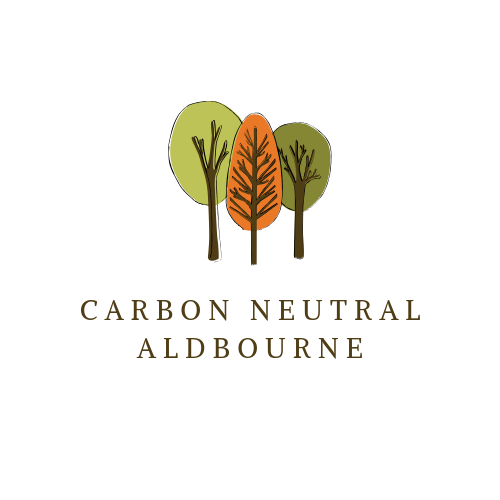Inside Aldbourne’s Nature Reserve: Revamping a wildlife pond
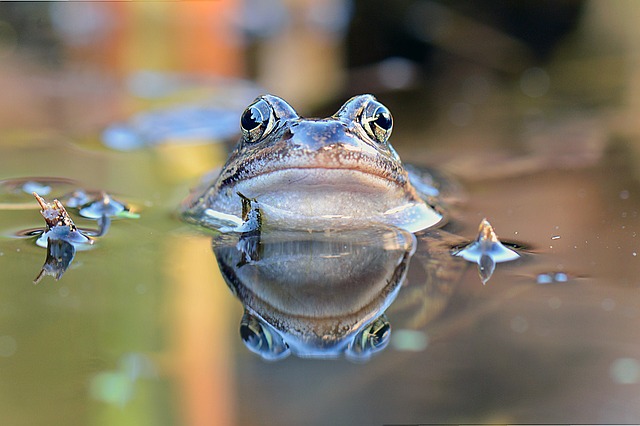
Helen Evans and her family have a beautiful garden with many features that are great for wildlife so we were delighted when Helen agreed to be part of the Aldbourne Nature Reserve. This means that parts of the garden are designed and managed to attract wildlife and provide food and shelter. In this blog, Helen talks about her wildlife pond and how she has recently transformed it to make it as wildlife-friendly as possible.
“We moved to Aldbourne almost 17 years ago. When we first viewed the house I looked out of an upstairs window and saw a pond in someone’s garden and thought I’d love a wildlife pond myself one day. Due to the unusual layout of our and our neighbour’s gardens, I was soon to realize that the pond was in what would become my garden.
I have always been interested in wildlife and love running water and have loved the diversity that the pond brings to my garden. It supports several species of dragonflies, mayflies, frogs, toads, newts, along with numerous other aquatic insects. It encourages lots of birds which bath and drink in the pond. I have also been reliably informed that 3 species of bats have been seen flying over it on summer evenings.
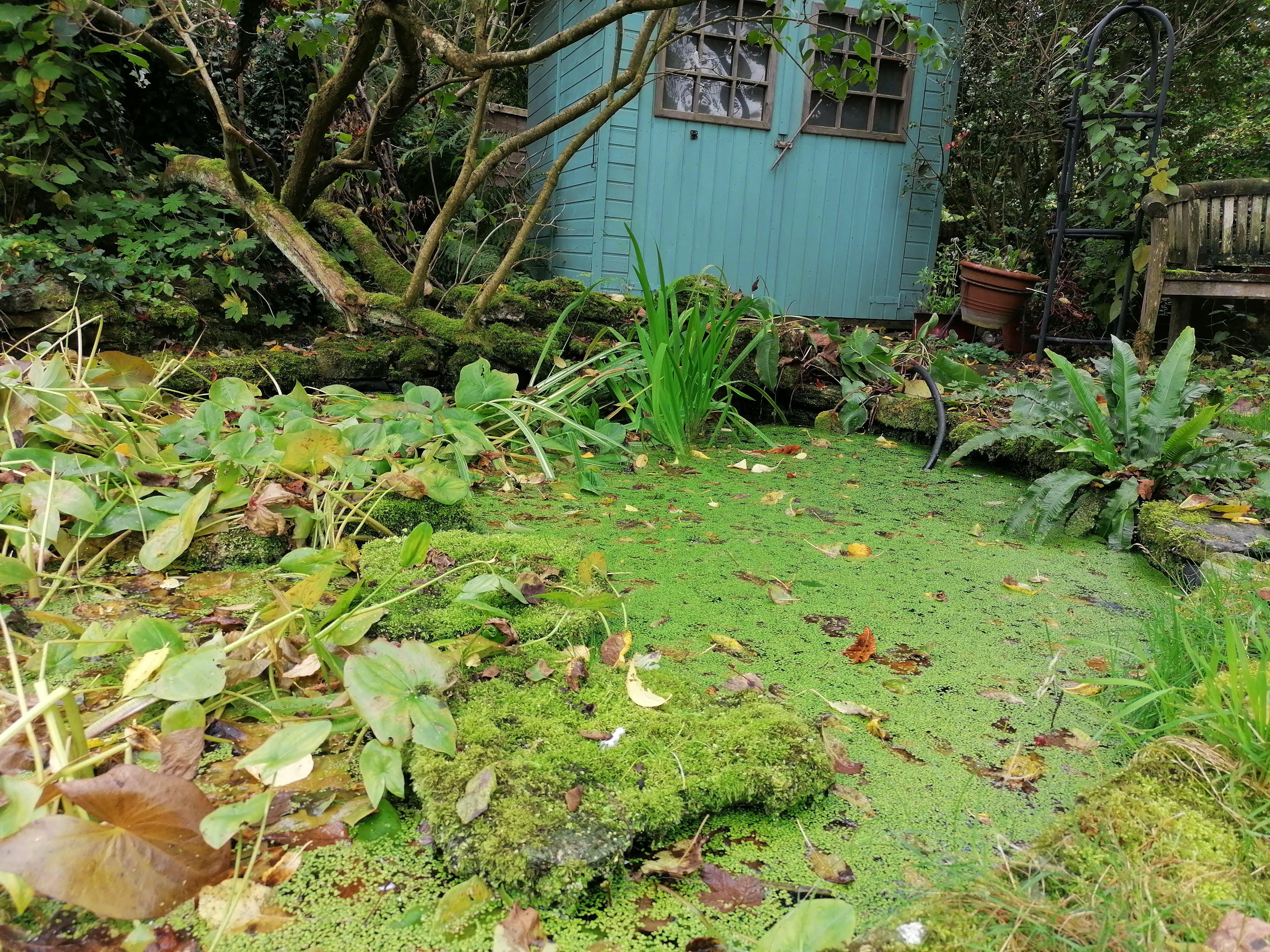
Although the pond was very sterile when we got it, 16 years later, with lilac, sycamore, damson and silver birch leaves filling it up, it had become over loaded with rotting leaves. It could no longer sustain the nutrient over load and became a swamp of vegetation. Normally you would clear out the worst of the weed to minimize the impact on existing wildlife. However, I had left it too late and the whole pond had to be emptied. However, it gave us the opportunity to reinstate the cascade which allows the water to circulate and should assist the water quality.
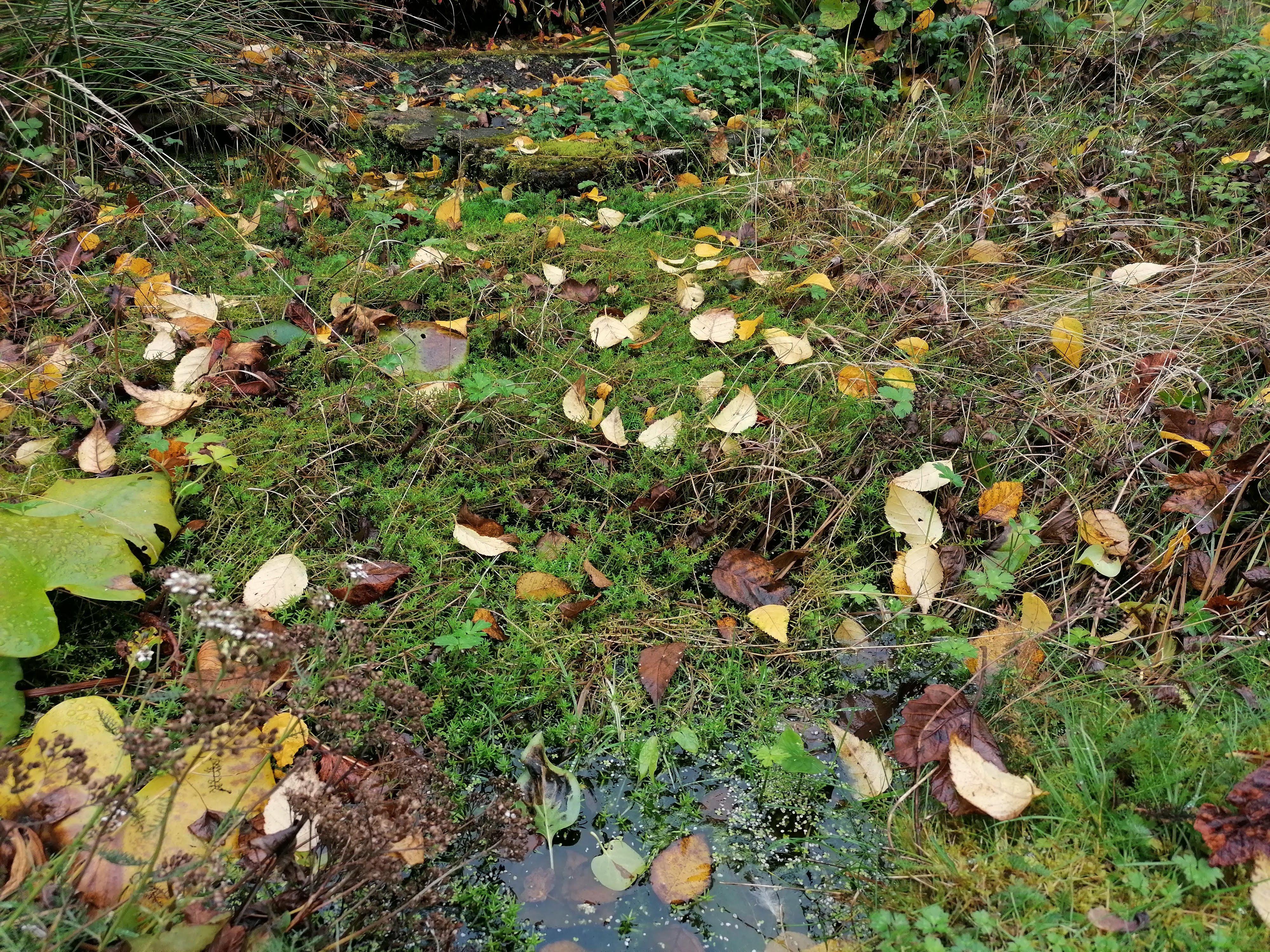
The pond was cleared out in November, to ensure all newts, frogs and toads had left the pond, although about 10 frogs were still caught during the clean, I have paid one trip to The Water Garden in Hinton Parva to start to restock the pond but will need another visit soon. I’ve added two water lilies for dragonflies to lay their lava on, some reeds which the dragonflies will perch on, a native iris and or course some oxygenators. My next job is to get more cover to encourage the wildlife back.
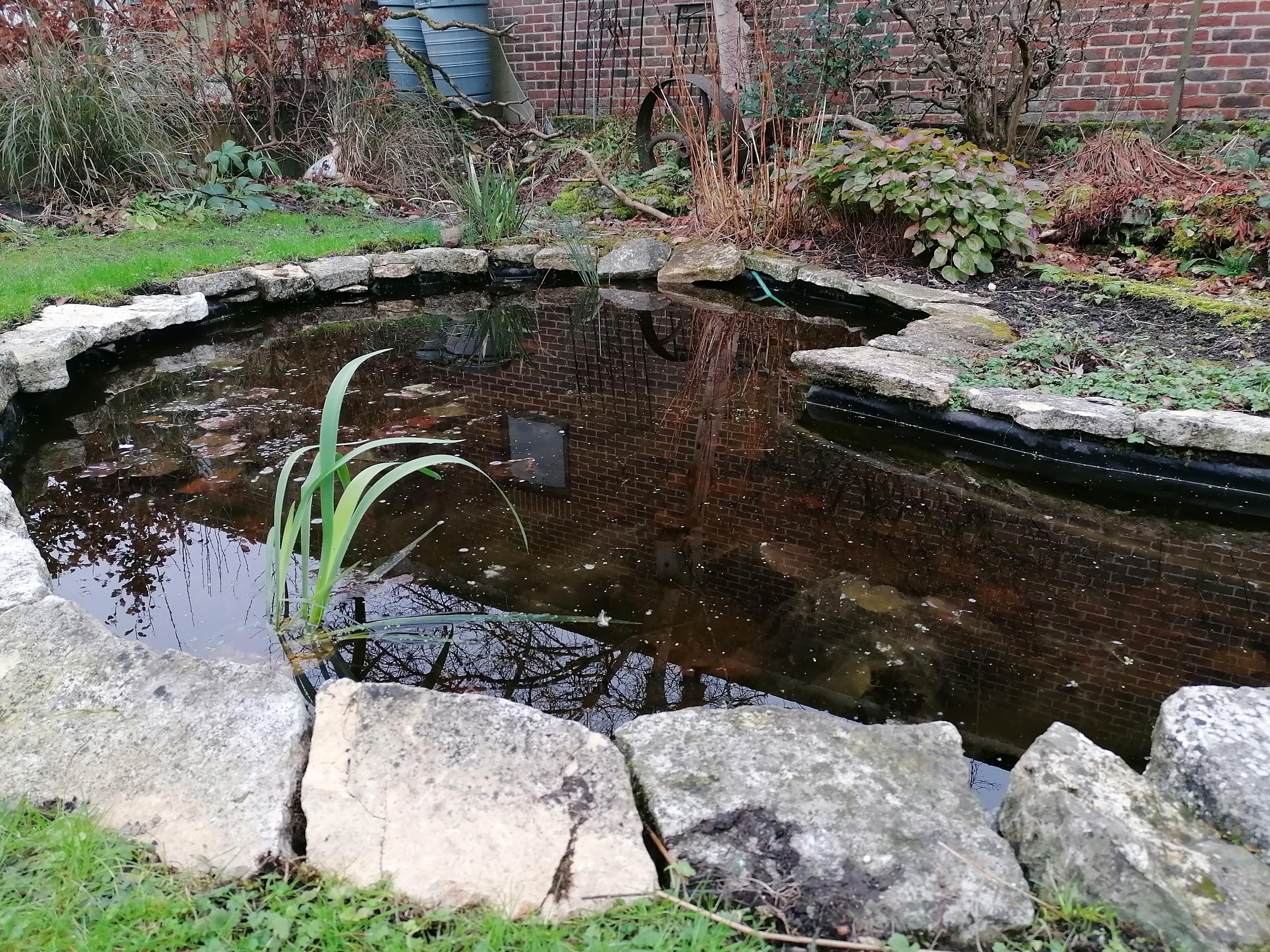
Over the years I have become more aware of and interested in encouraging wildlife into my garden and planting to support biodiversity, leaving some areas to go wild and planting more plants for pollinators. Our neighbours encourage lots of birds to their garden and it is lovely to listen to the variety of bird song on a spring, summer or autumn evening.”
The Aldbourne Nature Reserve is made up of gardens around the village where nature is encouraged to thrive. This could be simply leaving grass to grow long, planting pollinator friendly plants or creating a pond and insect habitats. Wildlife spaces are less manicured and are not managed with pesticides and herbicides. They are not overly neat and tidy with frequently cut lawns and hard landscaping. But they are beautiful, varied and inspiring and they are helping to support a diverse range of wildlife. Get in touch if you would like to be part of the Aldbourne Nature Reserve.
